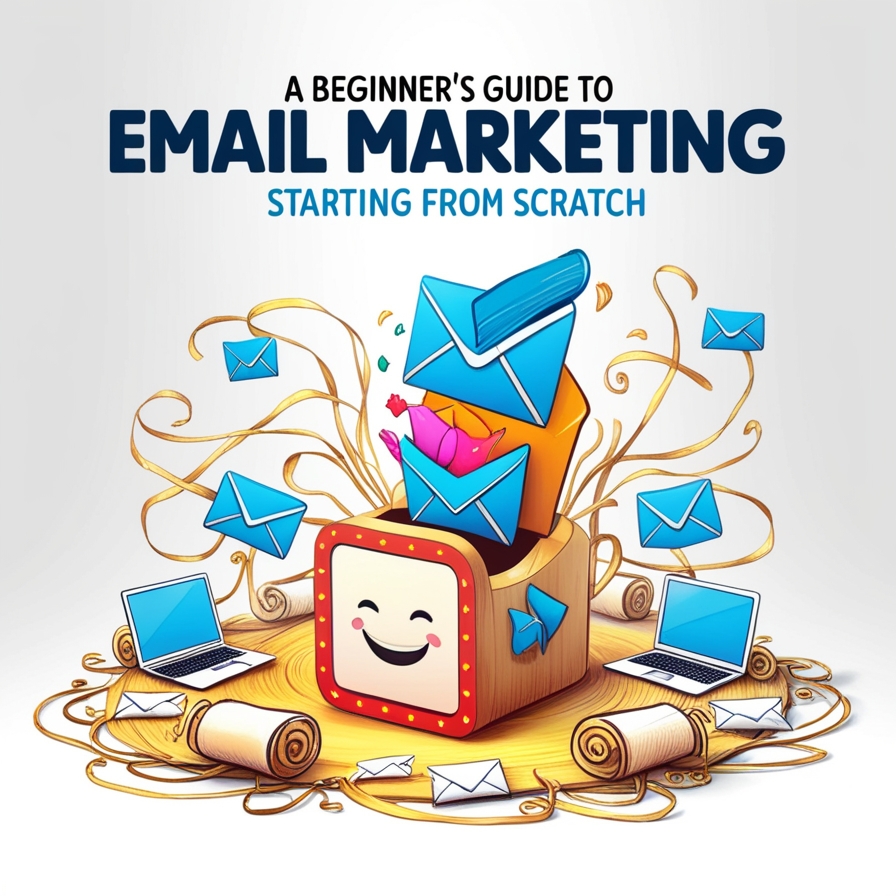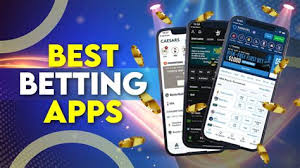
email marketing services
Email marketing remains one of the most effective ways to communicate directly with an audience. Whether you’re an individual, a small business owner, or someone looking to build a mailing list, understanding the basics of email marketing services can help you connect with people in a meaningful way.
This guide will take you through the essential steps, from the very beginning, to get started with email marketing without any previous experience.
What is Email Marketing?
Email marketing is the practice of sending emails to a group of people to build relationships, share information, or promote ideas, products, or services. Unlike social media, email offers a more personal and direct channel of communication, where messages land directly in the inbox of your subscribers.
Why Email Marketing Still Matters
Email marketing remains important because it offers direct, cost-effective communication with a controllable audience.
-
Direct communication: Emails are delivered directly to individuals, unlike posts on social media which might be missed.
-
Ownership of audience: You control your email list, which means you’re not relying on algorithms or third-party platforms.
-
Cost-effective: Setting up email marketing is affordable and often more cost-efficient than other forms of marketing.
-
Measurable results: Email platforms provide detailed statistics that help understand what works and what doesn’t.
Step 1: Understand Your Purpose
Before diving in, take a moment to ask yourself why you want to start email marketing. Clear objectives will guide your efforts and make your emails more effective.
Common purposes include:
-
Sharing updates or news
-
Building a community around a topic or brand
-
Educating an audience on a particular subject
-
Promoting products, events, or services
-
Nurturing leads for business growth
Write down your goals to keep your emails focused and meaningful.
Step 2: Learn the Legal Basics
Email marketing is regulated by laws designed to protect recipients from unwanted messages.
Key regulations to be aware of:
-
Consent: Always get permission before sending emails. This usually means asking people to subscribe voluntarily.
-
Unsubscribe option: Every email must include a clear way for recipients to opt out or unsubscribe.
-
Accurate sender information: Your emails should clearly show who they’re from.
-
Privacy protection: Respect subscribers’ personal information and don’t share or sell your list without consent.
Familiarize yourself with the laws in your country, such as the CAN-SPAM Act in the U.S., GDPR in Europe, or CASL in Canada.
Step 3: Choose an Email Service Provider (ESP)
An ESP is a platform that helps you manage your email list, design emails, and send campaigns. There are many options available, with varying features and price points.
What to look for in an ESP:
-
Ease of use, especially for beginners
-
Ability to create and manage subscriber lists
-
Templates for designing emails
-
Analytics and reporting tools
-
Compliance with legal standards (e.g., automatic unsubscribe links)
-
Customer support
Popular examples include Mailchimp, Constant Contact, Sendinblue, and many others. Most offer free plans with limited features which can be a good place to start.
Step 4: Build Your Email List
Your email list is the core of your email marketing efforts. It consists of people who have shown interest in what you offer and agreed to receive emails from you.
Strategies to build a list from scratch:
-
Create a signup form: Place it prominently on your website or blog.
-
Offer something of value: This could be a newsletter, a free guide, a checklist, or any resource related to your content or business.
-
Use social media: Share links to your signup form on your social channels.
-
Network in person: Collect emails at events, workshops, or meetings with clear permission.
-
Encourage sharing: Ask subscribers to forward your emails to others who might be interested.
Remember, quality matters more than quantity. Focus on people who genuinely want to hear from you.
Step 5: Plan Your Content
Emails should provide value to your subscribers. Random or overly frequent messages can lead to unsubscribes.
Types of email content to consider:
-
Newsletters: Regular updates, news, or insights related to your topic.
-
Educational content: Tips, how-to guides, and tutorials.
-
Stories: Share personal experiences or case studies that relate to your audience.
-
Announcements: Inform about upcoming events, launches, or changes.
-
Surveys and feedback requests: Engage your audience and understand their preferences.
Try to maintain a consistent schedule that your audience can expect, whether it’s weekly, biweekly, or monthly.
Step 6: Write Effective Emails
The way you write your emails impacts whether people will open, read, and act on them.
Key points to remember when writing emails:
-
Subject line: Make it clear and interesting, but avoid clickbait.
-
Personalize when possible: Use the recipient’s name or reference their interests.
-
Keep it concise: People often skim emails, so keep paragraphs short.
-
Use a clear call to action (CTA): Tell readers what you want them to do next, whether it’s clicking a link, replying, or reading more.
-
Avoid jargon or complex language: Write as if you’re talking to a friend.
-
Proofread: Errors can make your message seem less professional.
Step 7: Design Your Emails
While content is critical, how your email looks also matters. A well-structured email makes it easier to read and increases engagement.
Basic design tips:
-
Use a clean and simple layout.
-
Include your logo or brand colors, if applicable.
-
Break content into sections with headings or bullet points.
-
Use images sparingly and ensure they load quickly.
-
Make buttons or links stand out.
-
Ensure your email is mobile-friendly, as many people read emails on phones.
Most email platforms have templates that can help beginners get started without needing to design from scratch.
Step 8: Test Before Sending
Testing your emails before sending them to your whole list can save you from errors or formatting problems.
What to check:
-
Spelling and grammar
-
Links and buttons work correctly
-
Images load properly
-
The email displays well on different devices (desktop, tablet, mobile)
-
The email appears correctly in different email clients (e.g., Gmail, Outlook)
Send test emails to yourself or a colleague for review.
Step 9: Schedule and Send
Determine the best time to send your emails. While there’s no one-size-fits-all answer, common advice includes:
-
Mid-week (Tuesday, Wednesday, Thursday)
-
Late mornings or early afternoons
-
Avoid weekends and late evenings
You can experiment to see when your audience is most responsive.
Step 10: Analyze Your Results
After sending, review the performance of your emails to learn what works best.
Common metrics to look at:
-
Open rate: The percentage of recipients who opened your email.
-
Click-through rate (CTR): How many clicked on links or buttons.
-
Bounce rate: Emails that failed to deliver.
-
Unsubscribe rate: How many people opted out.
-
Conversion rate: If applicable, the number of people who took a desired action.
Use this data to improve future emails. For example, if open rates are low, consider changing your subject lines. If clicks are low, review your calls to action.
Common Challenges and How to Overcome Them
Common challenges in email marketing can be addressed with clear strategies and consistent effort.
Low signups
-
Make your signup form easy to find.
-
Offer a clear benefit for subscribing.
-
Promote your signup across channels consistently.
Emails ending up in spam
-
Avoid spammy words like “free,” “urgent,” or excessive punctuation.
-
Make sure your sender information is clear.
-
Ask new subscribers to whitelist your email address.
Writer’s block
-
Plan your content ahead with an editorial calendar.
-
Repurpose existing content into email-friendly formats.
-
Ask subscribers what topics they want to hear about.
Final Thoughts
Starting email marketing from scratch might seem challenging, but it is a manageable process when broken down into clear steps. Focus on building a genuine connection with your audience by sending thoughtful, relevant content. Over time, your list will grow, and so will your ability to communicate effectively.
Remember, the key to success in email marketing lies in patience, consistency, and respect for your audience’s preferences.





